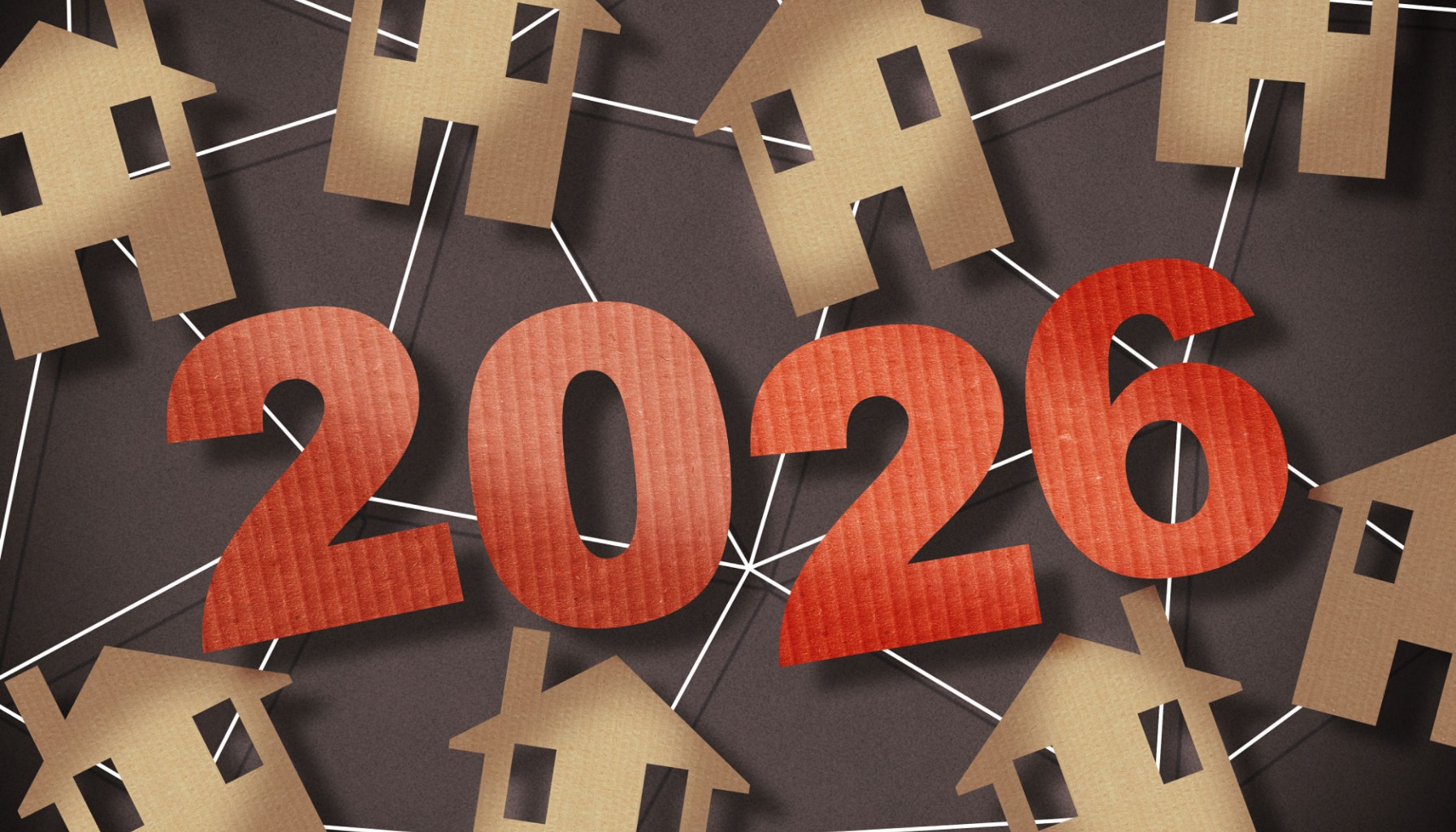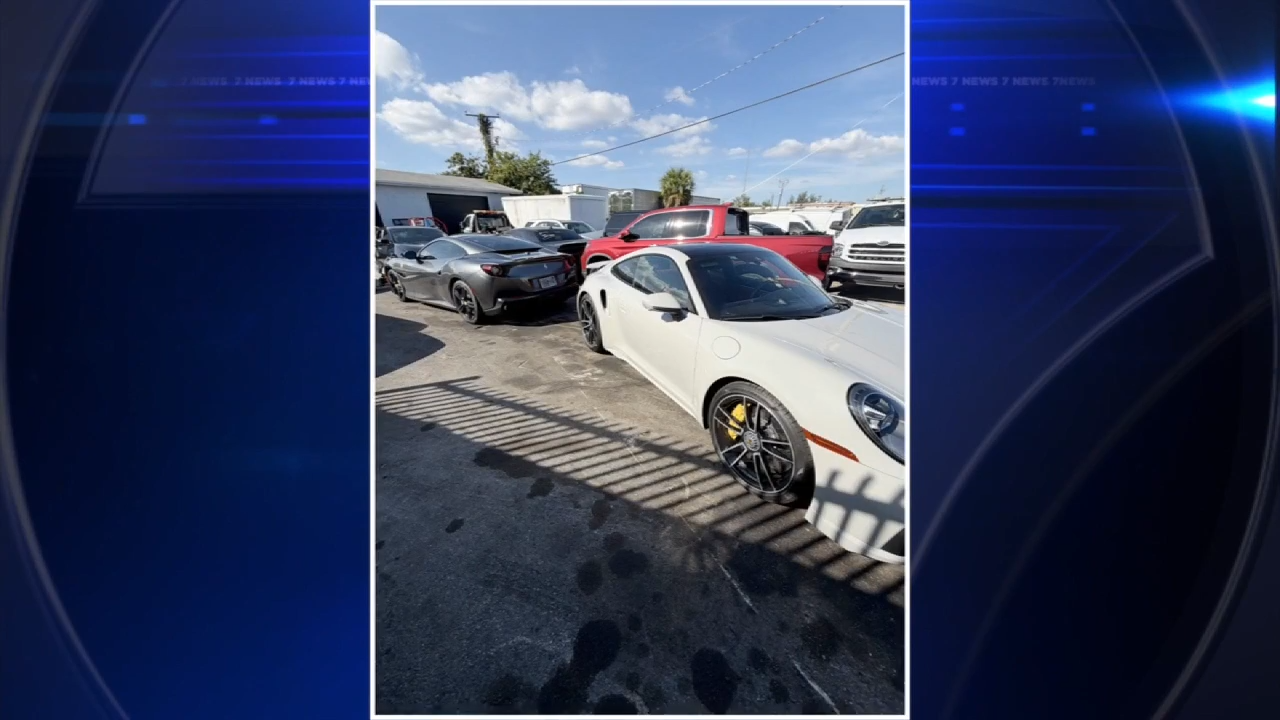E
ntering 2026, the real estate scene is poised for a quiet steadiness rather than a dramatic surge or collapse. Current analyses suggest modest price gains and a gradual return to normalcy, with home values inching up slightly. This nuanced forecast matters for buyers, sellers, and investors alike.
**Market Context**
The pandemic‑era frenzy—low rates, remote work, and soaring prices—has cooled. By late 2025, mortgage rates hover around 6.5‑6.7%, stalling sales and keeping inventory tight. Yet builders are accelerating new construction, hinting at a 2026 thaw as rates ease. Unlike 2008, stricter lending and fewer foreclosures make a widespread crash unlikely.
**Price Outlook**
Nationally, Zillow projects a 0.4% rise in home values from mid‑2025 to mid‑2026. Fannie Mae sees about 3.6% growth, while the National Association of Realtors (NAR) expects median prices to hit roughly $420,000—a 2% increase. These modest gains reflect tighter supply and the slow easing of rates.
**Regional Variations**
- **Northeast & Midwest**: Atlantic City, NJ (+4.3%), Saginaw, MI (+3.8%) benefit from affordability and job growth.
- **Louisiana**: Houma (-8.6%), New Orleans (-5.8%) face local economic headwinds.
- **California**: Median price up ~3.6%.
- **Florida**: Growth of 3‑5% driven by population influx and investor interest.
**Sales and Inventory Dynamics**
NAR forecasts existing‑home sales to rise 11‑13% and new‑home sales 5‑8% in 2026, with an overall 10% jump if rates dip below 6%. Inventory may improve as baby boomers downsize, potentially adding up to 14.6 million homes by 2036, starting around 2026. New construction is expected to add about 1.05 million single‑family homes.
**Interest Rates and Affordability**
Fannie Mae predicts the average 30‑year fixed rate could fall to 5.9% by year‑end 2026, easing monthly payments and boosting affordability. Rising rents may also push more renters toward homeownership.
**Economic Backdrop**
The U.S. economy is projected to grow 2.0‑2.2% with unemployment at 4.3‑4.6% in 2026—stable conditions that support housing demand. Risks include renewed inflation, higher insurance costs in climate‑prone states, rising construction materials, and stock‑market volatility.
**Risk Assessment**
- **Boom?** A nationwide surge is unlikely; localized booms may occur in high‑demand metros.
- **Crash?** Broad market collapse is improbable given solid fundamentals, though some overheated pockets could correct.
**Opportunities**
- **Buyers**: Wait until mid‑2026 for more inventory; target affordable metros; use calculators to gauge borrowing power.
- **Sellers**: Price competitively; highlight strengths; aim for spring market timing.
- **Investors**: Focus on rental‑heavy regions like Florida or the Midwest; prioritize long‑term appreciation over quick flips.
**Bottom Line**
2026 will likely bring steady, modest growth as rates ease and supply expands. Staying informed about local market trends and national economic indicators will help stakeholders navigate this balanced landscape.
---
**Invest in Top U.S. Markets**
Discover quality, ready‑to‑rent properties that deliver consistent returns.
Call our investment counselors (no obligation): (800) 611‑3060.
**Read More**
- Housing Markets With the Biggest Decline Since 2024
- Real Estate Forecast: Will Home Prices Bottom Out in 2025?
- Why Real Estate Can Thrive During Tariff‑Led Uncertainty
- Rise of AI‑Powered Hyperlocal Marketing in 2025
- 5 Hottest Real Estate Markets for Buyers & Investors in 2025
- Will Real Estate Rebound in 2025?
- Recession in Real Estate: Smart Ways to Profit
- Will There Be a Recession in 2025?
- 4 States Facing Major Market Corrections
- New Tariffs Could Slow the Market in 2025
- Real Estate Forecast Next 10 Years: Will Prices Skyrocket?














